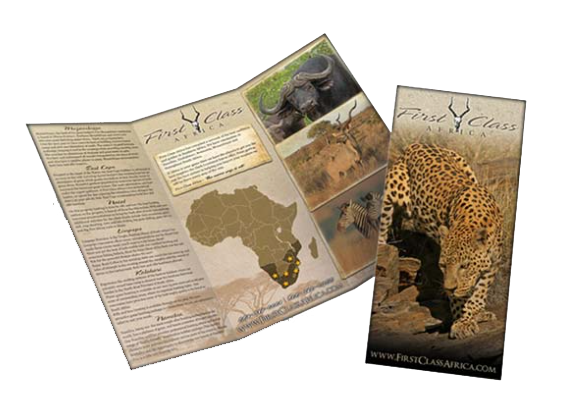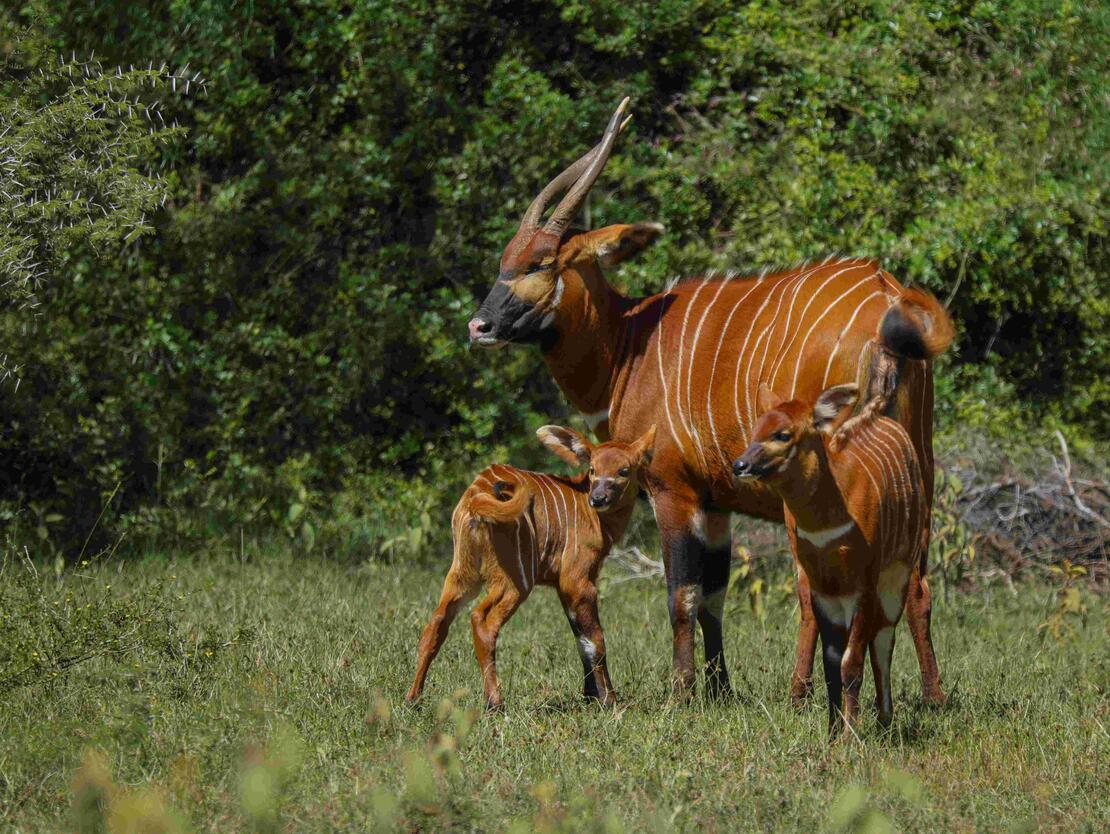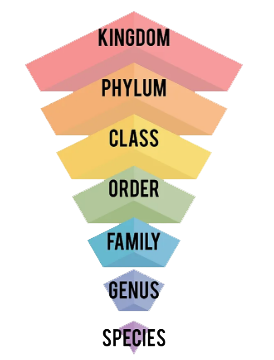INFORMATION CENTER

Tree of Life
Evolution and Ecology
Conservation Efforts
Geological Time Scale
My favorite Podcasts
My favorite Species
Link back to me?
or go back home
ANIMAL OF THE WEEK

Species List

Animal species
Plant species
Fungi species
Phylum: Chordata
Subphylum: Vertebrata
The vertebrates, also known as craniates, are animals that possess a vertebral column with spinal cord and cranium which protects the brain.Vertebrates make up approximately 65,000 species and is the largest subphylum in the phylum Chordata. This includes mammals, birds, amphibians, etc.
Class: Chondrichthyes
Class of jawed fish that contains skeletons primarily composed of cartilage.
Click here for species.
Class: Osteichthyes
Class of bony fish that possess endoskeletons composed of bone tissue with a vast majority of extant species.
Click here for species.
Class: Agnatha
Class of jawless fish, also known as lampreys and hagfish, consisting of both living and extinct clades.
Click here for species.
Class: Amphibia
Class of both aquatic and terrestrial amphibians including frogs, toads and salamanders, also known for their "double life".
Click here for species.
Class: Aves
Class of endothermic vertebrates known as birds which are characterized by feathers, wings, beaks and the laying of eggs.
Click here for species.
Class: Reptilia
Class of tetrapods with ectothermic metabolism and amniotic development.
Click here for species.
Class: Mammalia
Class of vertebrates that are characterized by producing milk to feed their offspring, possessing fur or hair and are warm-blooded.
Click here for species.
Subphylum: Urochordata (Tunicates)
Marine filter feeders, including sea squirts, that have a notochord and nerve cord only during their larval stage.
Click here for species.
Subphylum: Cephalochordata (Lancelets)
Small, fish-like marine animals that have a notochord and nerve cord throughout their lives but lack a backbone.
Click here for species.